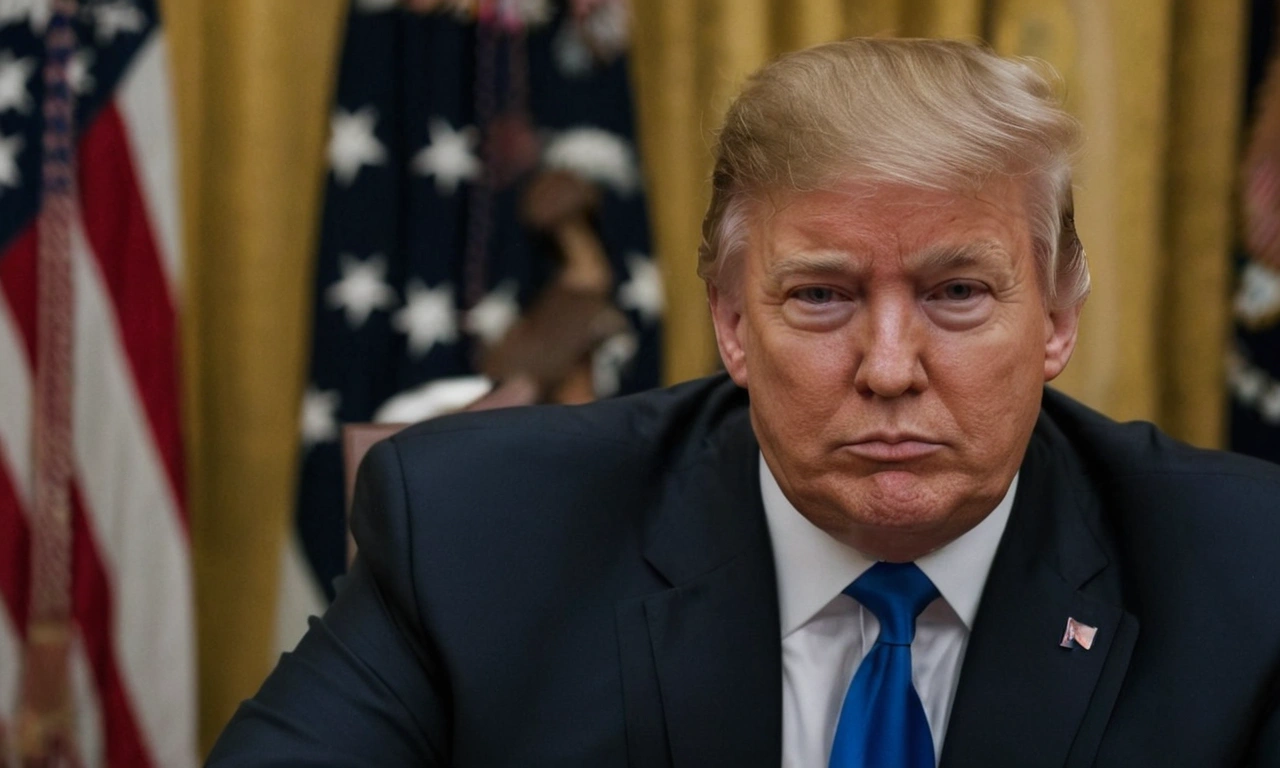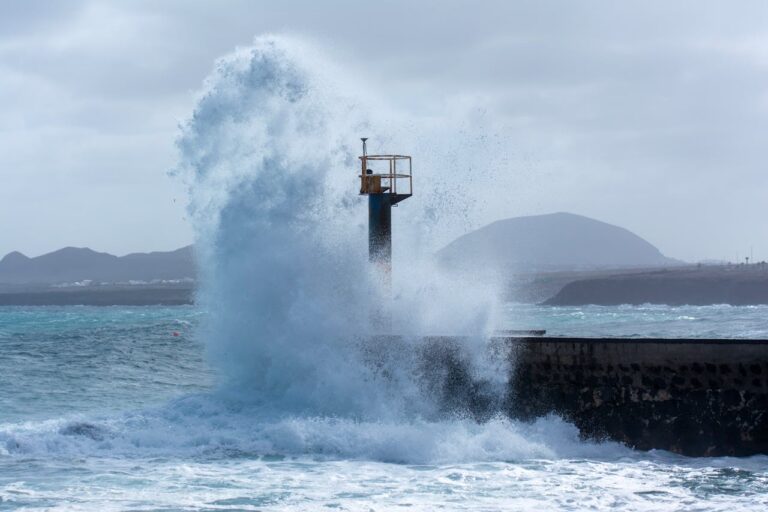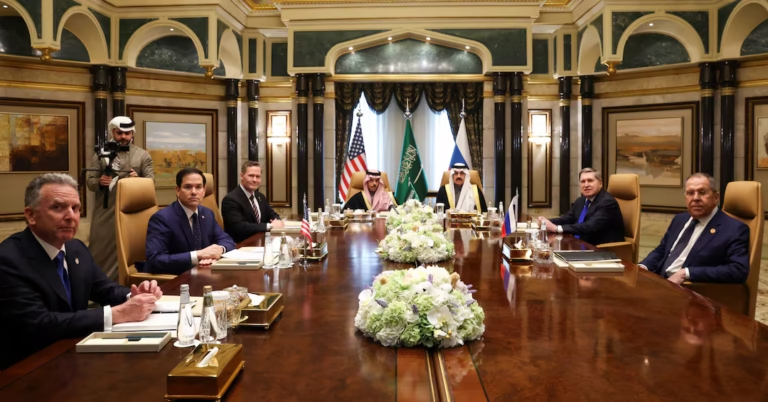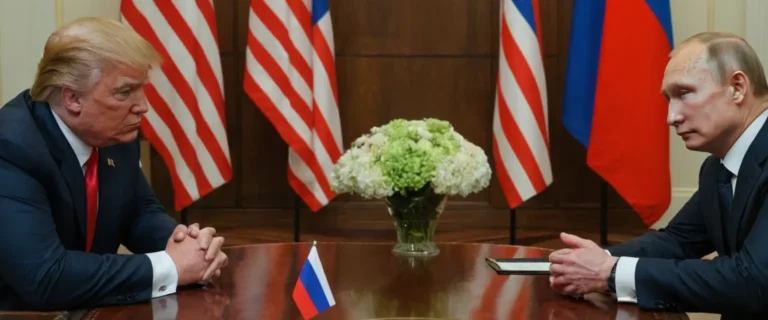
1. What the Executive Order Entails
President Trump signed an executive order mandating a freeze on all federal financial aid programs for 90 days. This freeze includes:
- Domestic grants and loans for healthcare, education, disaster relief, and other programs.
- International aid for humanitarian efforts, counterterrorism, and development projects.
The administration stated that the suspension is part of a broader review to ensure alignment with national priorities and reduce unnecessary government spending.
READ MORE ABOUT TRUMP SAVE AMERICA
2. Immediate Domestic Effects
The freeze has caused disruptions across various federally funded programs:
- Healthcare: Medicaid reimbursements have been delayed due to the temporary deactivation of payment portals. Hospitals and clinics reliant on federal funds have raised concerns about patient care.
- Education: Programs like Head Start, which provide early education to low-income families, are facing operational challenges.
- Disaster Relief: Federal assistance for ongoing recovery efforts in disaster-hit regions has been paused, leaving communities in a precarious position.
3. Global Ramifications
The suspension of international aid has created uncertainty among U.S. allies and partners:
- Humanitarian Aid: Critical programs such as HIV treatment in Africa and disaster relief in war-torn areas have been disrupted.
- Counterterrorism Efforts: Training programs in regions like Somalia and Colombia have been suspended, raising concerns about security.
- Diplomatic Fallout: Partners relying on U.S. funding are questioning the reliability of American commitments.
4. Political Reactions
Opposition from Democrats
Democratic leaders have criticized the move, calling it an unconstitutional overreach of executive power. They argue that the freeze jeopardizes the welfare of vulnerable populations and undermines essential programs.
Support from Republicans
Some Republican lawmakers support the decision, framing it as a necessary step to reduce government spending and prioritize domestic interests.
5. Legal Challenges and Constitutional Debate
Experts argue that the freeze may violate the Impoundment Control Act, which prohibits the president from withholding funds appropriated by Congress without legislative approval. Lawsuits challenging the legality of the freeze are already underway, with nonprofit organizations and state governments leading the charge.
6. Statements from the Administration
The White House has defended the freeze, claiming it’s a temporary measure to reassess funding priorities. Officials have assured that essential programs like Social Security and Medicare will not be affected.
7. Public Reaction and Community Impact
The public response has been a mix of outrage and confusion:
- Nonprofits and state officials have expressed concern over the immediate impact on vulnerable populations.
- Healthcare providers worry about their ability to continue serving patients without federal reimbursements.
- International organizations have called for clarity on when aid programs will resume.
8. The Path Forward
As the 90-day review unfolds, the administration’s decisions will shape the future of federal aid programs. Key developments to watch include:
- Outcomes of legal challenges and court rulings on the freeze.
- Congressional actions to counter or support the executive order.
- Resumption or reallocation of funds based on the administration’s review.
TRUMP BIOGRAPHY
Conclusion
President Trump’s decision to freeze federal aid is a bold move with wide-reaching implications. While it aims to streamline spending and reassess priorities, the immediate disruptions have raised serious concerns. As the nation watches closely, the coming months will determine the long-term impact of this policy and its alignment with the broader goals of governance and public welfare.





